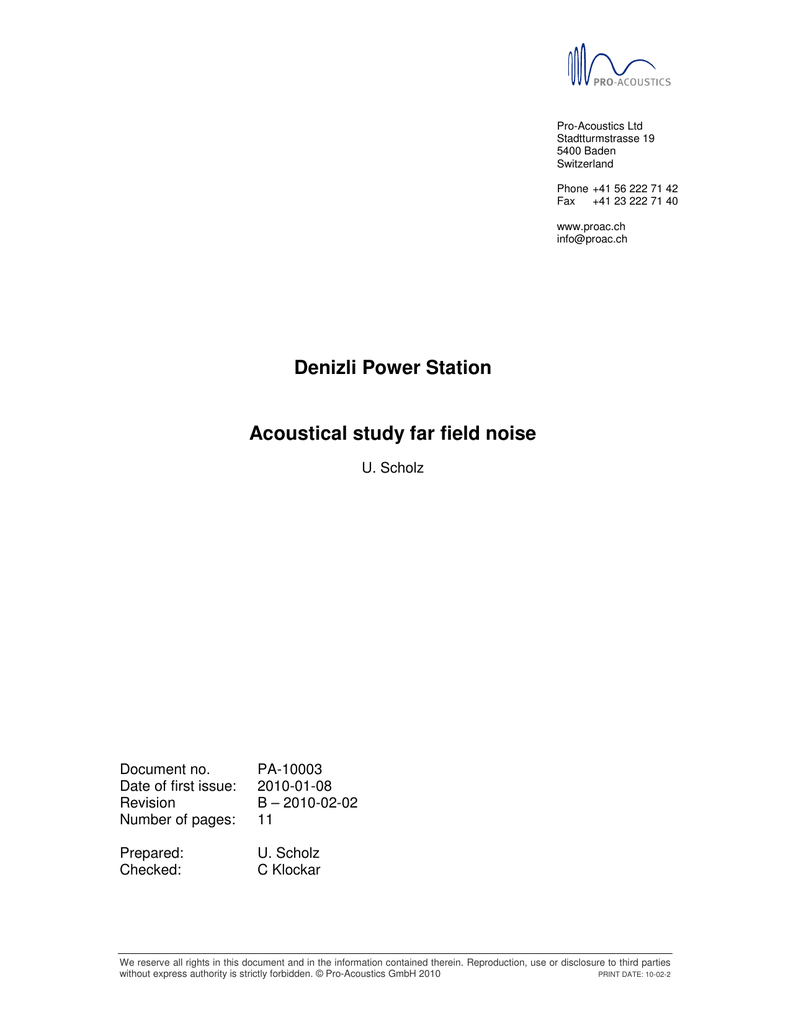
Early studies on radiant noise from bridge vibrations mainly employed field tests. Finally, several noise reduction control measures are proposed and their effectiveness demonstrated.īridge type, construction material, dimensions, and track structure influence bridge vibrations and bridge-borne noise. Then, theoretical/analytical prediction methods for noise from bridge vibrations are summarized, including the semi-analytical method, the Rayleigh integral method, the boundary element method (BEM), and statistical energy analysis (SEA). This paper reviews progress on experimental studies of bridge-borne noise by the authors and other investigators, including experimental studies of all-concrete, steel–concrete composite, and all-steel bridges. Therefore, investigations of noise from bridges and methodologies to mitigate such noise have recently attracted increasing research attention because of the rapid development of rail transit worldwide. The adoption of low-noise configurations and structures and appropriate noise reduction measures can help meet the requirements of national environmental standards. Thus, the problem of bridge-borne noise should receive due attention in the construction phase of rail transit bridges. Therefore, manufacturers of low-frequency noise sources are still not legally regulated, while manufacturers of high-frequency noise sources are bound by legal responsibility.īridges have long service lifetimes and are difficult to replace or reconstruct. A spectrum analyzer is necessary for quantitative monitoring of low-frequency noise, but there are currently no national testing standards or engineering norms regarding low-frequency railway noise in China or several other countries.

Individuals subjected to environments characterized by chronic low-frequency noise can suffer from insomnia, headache, tinnitus, discomfort, chest tightness, abdominal pressure, and other psychological and physical symptoms. Low-frequency railway noise can easily pass through walls, windows, and other obstacles and can harm people’s physical and mental health. Compared with high-frequency noise (such as wheel–rail noise), low-frequency noise has slower energy attenuation upon environmental radiation and is thus transmitted over longer distances. īridges vary significantly in design and construction: those constructed from steel radiate mid- to high-frequency noise (200–1,000 Hz), while concrete bridge-borne noise is generally low-frequency noise (<200 Hz). The magnitude of such bridge-borne noise can typically be 10 dB or more for common railway networks. These vibrations cause the wheels and track to radiate noise and transfer energy directly to each component of the bridge, causing the beams, piers, and other components to vibrate, thus forming secondary noise radiation. When a train passes over a bridge, vibrations are generated owing to irregularities in the wheels and the track.

Finally, according to the results of the current review, the main factors affecting bridge-borne noise are analyzed, several noise reduction measures are proposed for different types of bridges, and their effectiveness is demonstrated. Several case studies are reviewed, and their results are discussed. Second, this paper reviews existing theoretical prediction models of noise emanating from bridges: the semianalytical method, the Rayleigh integral method, the boundary element method, and statistical energy analysis. This review paper first analyzes the space distribution, spectral characteristics, and sound pressure levels of noise radiated by all -concrete, steel–concrete composite, and all -steel bridges, mainly according to experimental studies.

Bridge-borne noise is attracting increasing attention because of its low-frequency noise characteristics. This results in a bridge-borne noise source, which occurs in addition to the main noise source (i.e., wheel–rail interactions). Many of these networks require elevated bridges. In recent years, there has been rapid growth of Chinese rail transit networks.


 0 kommentar(er)
0 kommentar(er)
